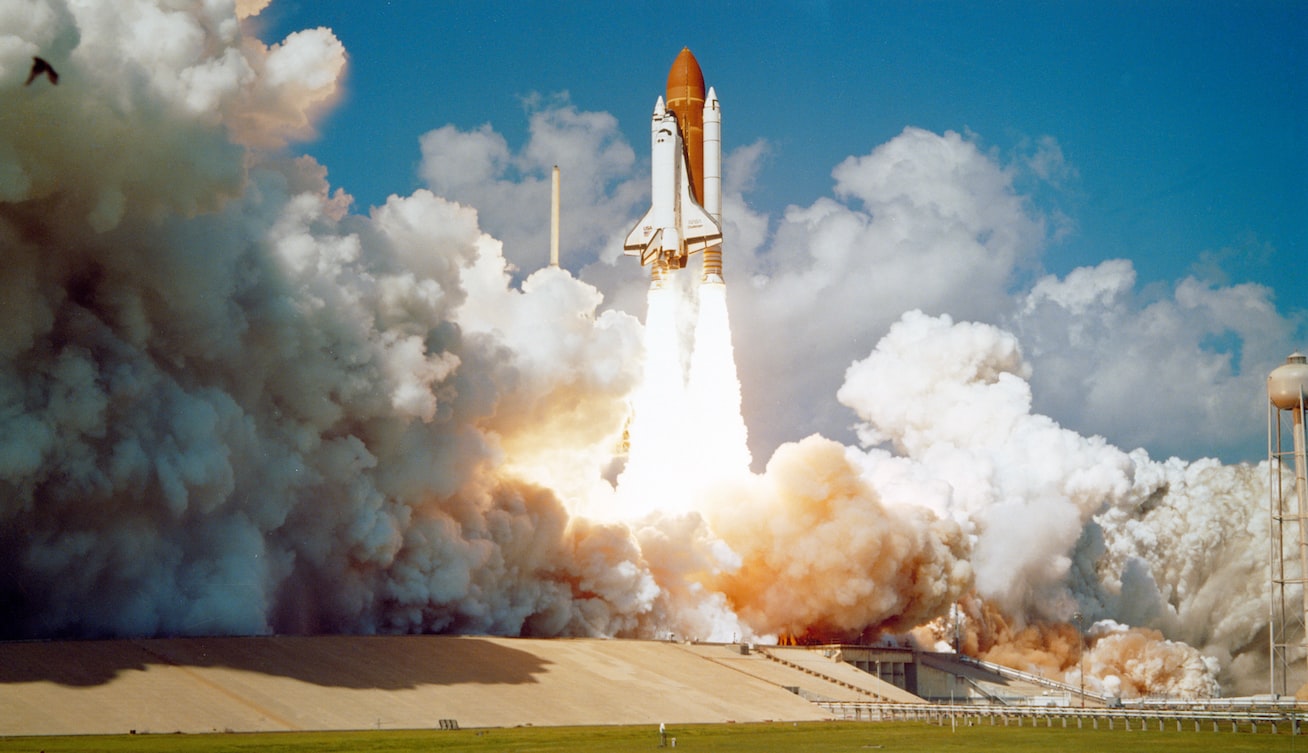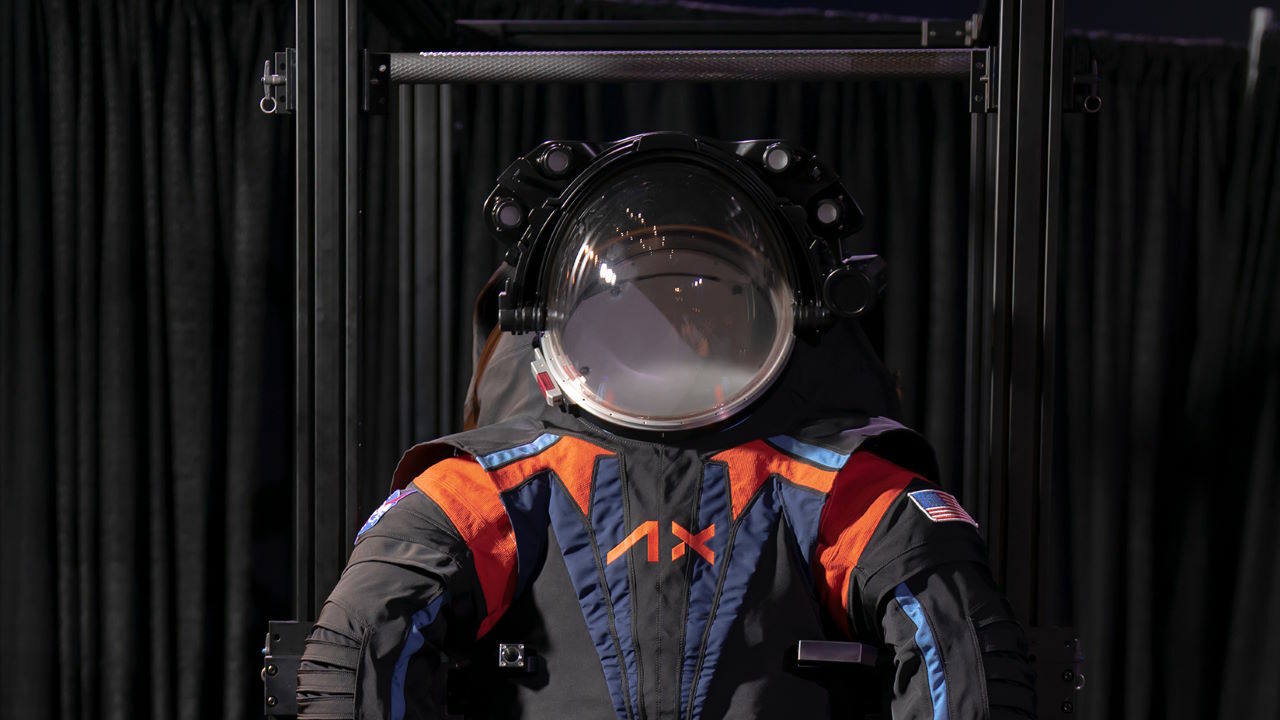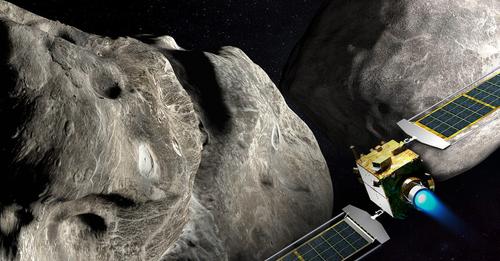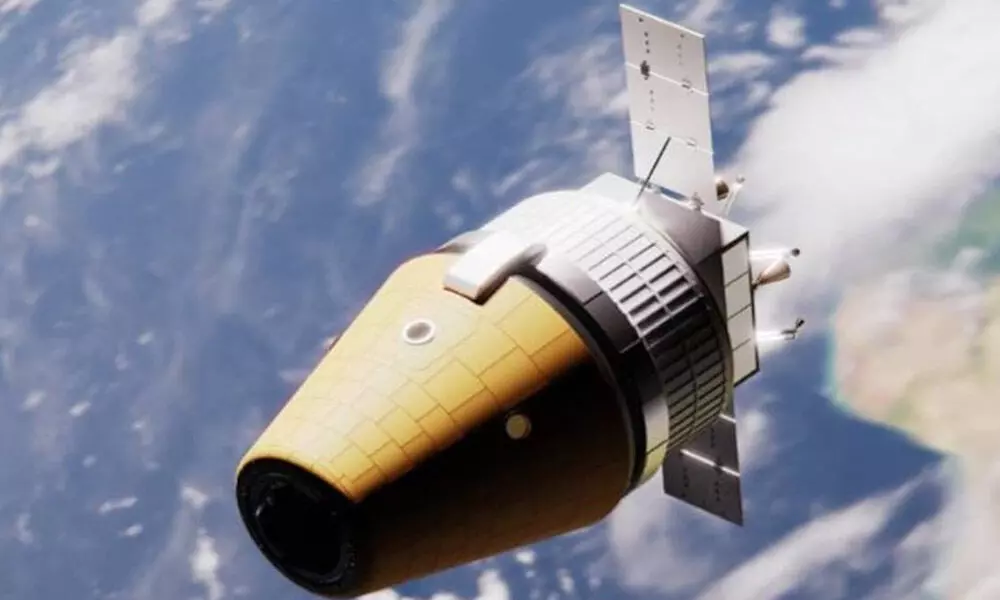To put it plainly, “It’s a one-and-done deal.”
Neil Armstrong took charge of the Apollo moon lander when it was only about 1,600 feet above the moon’s surface. The spaceship’s computer led the crew to a field full of rocks, so the famous pilot had to quickly change course. In the module, strange alarms were going off, and a gauge showed that they were about to run out of fuel.
In the summer of 1969, Armstrong and Buzz Aldrin landed and walked on the moon, which was a good thing. Over the next few years, five more Apollo missions would land quickly on the moon’s surface. NASA plans to send astronauts back to the moon as soon as 2025, which is 50 years after the first trip. The space agency has already moved its huge new megarocket to the launchpad, where it will be used for its first test launch, which will be a fiery one.
Still, sending people to the moon is a very ambitious goal.
Csaba Palotai, program chair of space sciences in the Department of Aerospace, Physics, and Space Sciences at the Florida Institute of Technology, told Mashable, “Just because we went there 50 years ago doesn’t make it a small task.”
NASA has already chosen SpaceX to build its first moon lander. Recently, NASA asked other companies to come up with ideas for more moon landers. Any craft that makes it to the moon will face difficult, but not impossible, problems.
Tom Percy, the lead Human Landing System engineer at NASA’s Marshall Space Flight Center, told Mashable, “It’s challenging, but so is a lot of what we do.”
Little to no oxygen exists on the moon.
When spacecraft land on Earth, they slow down by using the atmosphere, as we saw when the Space Shuttle and Apollo capsules came back. But the moon’s atmosphere is very thin, about the same as where the International Space Station orbits in the atmosphere of Earth. This means that firing lots of propellants is necessary to slow down.
The lack of oxygen prevents us from floating down, Palotai explained. Only your engine can slow you down.
This is important because it gives astronauts less room to make mistakes. There isn’t much propellant. Percy said that NASA does give enough fuel to deal with unexpected things like a crucial flight correction. But, in general, the mission can’t handle any big mistakes.
Palotai said, “It’s literally a one-time thing.”
There is no GPS on the moon.
On Earth, GPS, a satellite navigation system run by the U.S. government, tells planes and other aircraft exactly where to land as they move through the sky. But there is no such network of satellites going around the moon.
When asked if GPS would work on the moon, NASA’s Percy answered, “No.”
So, NASA still has to navigate mostly the same way as they did on the Apollo missions more than fifty years ago. They’ll use the lunar lander’s computers to figure out how the spacecraft’s thrusters need to be fired to stay on track for a certain landing spot on the moon. Importantly, if the system makes a mistake, the astronauts will be able to take control of the craft, just like Neil Armstrong did.
But as they make their final approach, astronauts today will have a lot more help. “Terrain relative navigation” is a new technology that uses a camera to make a map of the ground as the plane descends. It will make sure the astronauts go to the right place and help the lander stay away from craters and rocks.
Landing on a boulder by accident could be very bad. Percy said, “It’s likely that you’re going to have a bad day.”
The south pole of the moon is a strange, dark place.
The Apollo astronauts landed on the bright side of the moon, where the sun was shining. But for Artemis, NASA’s new moon project, astronauts will land inside a crater at the south pole of the moon. Planetary scientists think that this very cold and dark area has ice and other valuable resources.
There, the sun is never in the sky. It is always close to the horizon and can cast long shadows on the ground. During a landing, these shadows will make it hard to see what’s below. Percy said, “The long shadows make it hard to tell what the surface looks like.” “This is hard to do when you’re trying to land.”
“It will be an extremely different environment than what the Apollo astronauts saw,” Percy continued.
The moon has been walked on and driven on by NASA astronauts. But that was in the past. Our trip to and exploration of the moon are just getting started. After all, NASA wants to put people on our white, cratered moon. We have only just begun to scratch the surface of the moon.
So it’s not easy to land on the dark ground without GPS or the help of an atmosphere. But the space agency is getting ready for a steady stream of landings on the moon every year starting around 2027. These projects, which will start with a loud blast-off from the coast of Florida, will surely capture the world’s attention, just like the successful Apollo missions did.
Palotai was amazed that Apollo got a whole generation of people interested in science. “I anticipate the same results,”






Leave a Reply